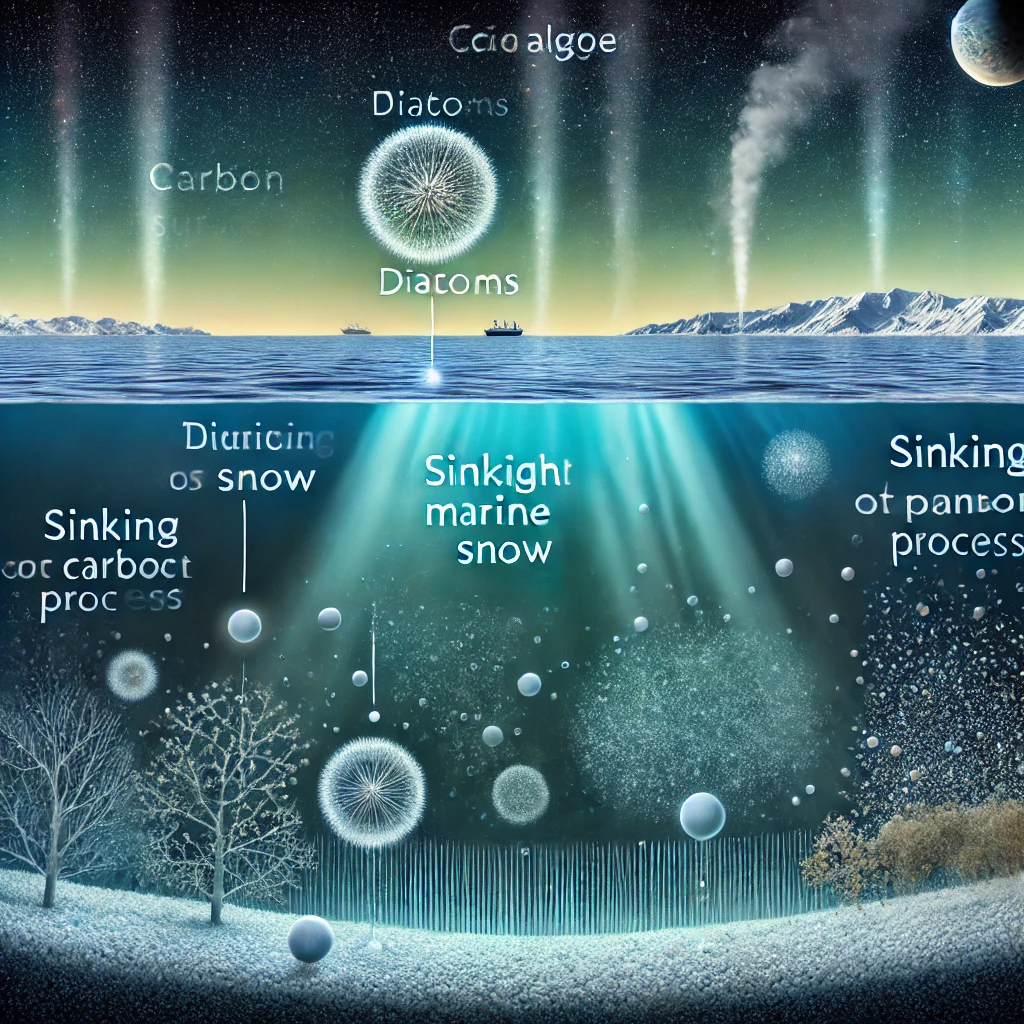Scientists from the UK’s National Oceanography Centre have discovered new complexities in how carbon is stored in the Southern Ocean. Diatoms, microscopic algae believed to play a key role in carbon sequestration by sinking carbon into deep waters, were found to mostly linger near the surface. This suggests unidentified processes in the ocean’s twilight zone are responsible for transporting carbon to greater depths. Understanding these processes is essential for predicting oceanic carbon storage and its response to climate change.
Key Discoveries
- The Southern Ocean plays a critical role in global carbon sequestration, holding about one-third of the organic carbon stored in oceans.
- Microscopic algae called diatoms, with silica-based “glass house” structures, were thought to efficiently sink carbon to ocean depths.
Diatoms Characteristics

Biological Carbon Pump Reconsideration
- Diatoms absorb carbon near the surface, aiding in carbon storage via the biological carbon pump.
- Recent findings reveal diatoms’ skeletons may not descend to deeper waters as previously believed.
- Carbon sequestration occurs through other unidentified processes in the ocean’s “twilight zone.”
Implications for Climate Change
- Ocean warming concerns over reduced diatom productivity may have less impact on carbon storage capacity than previously thought.
- New discoveries suggest alternative pathways continue to drive carbon descent to the ocean floor.
The Twilight Zone: A Frontier of Discovery
- Spanning depths of 100 to 1,000 meters, the twilight zone hosts complex carbon transport processes involving sinking marine snow.
- Understanding this mid-ocean layer is essential for improving climate models and predicting oceanic carbon storage responses.
Reference: Nature

